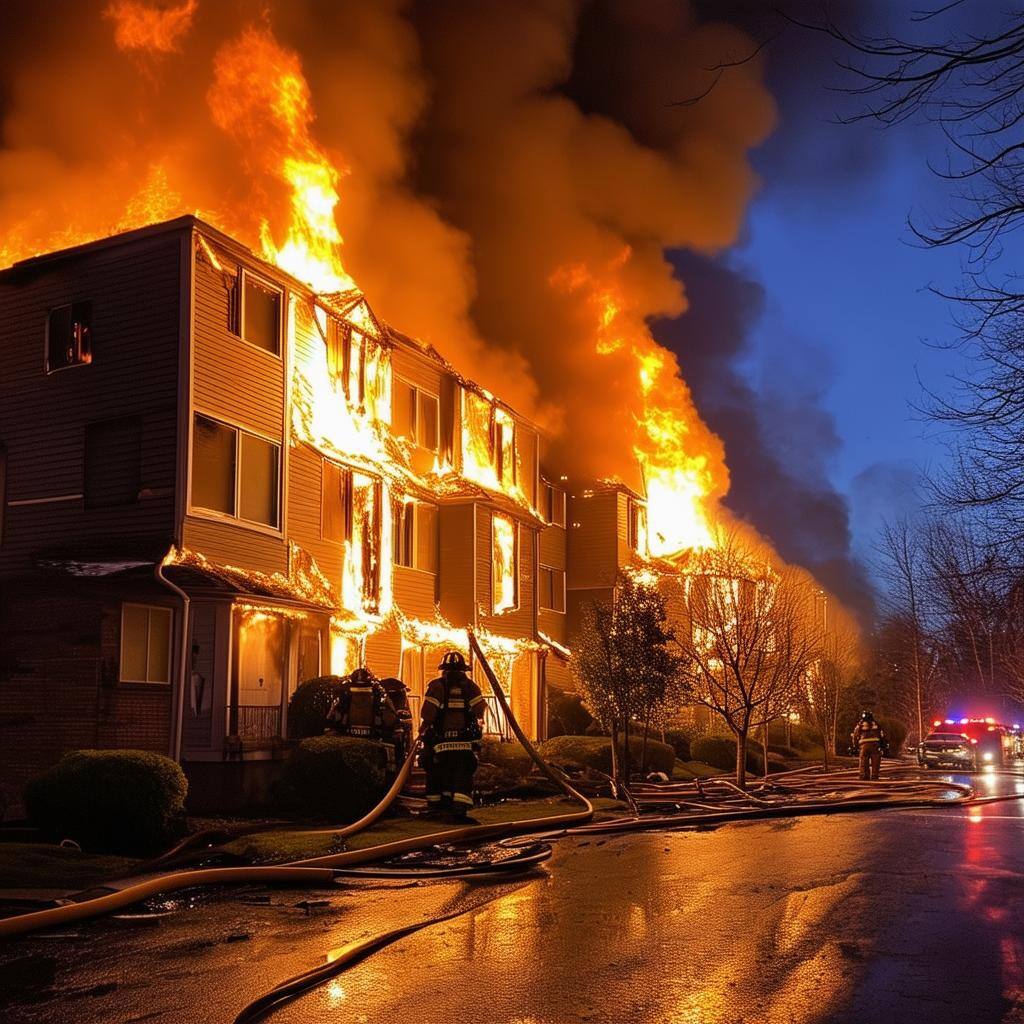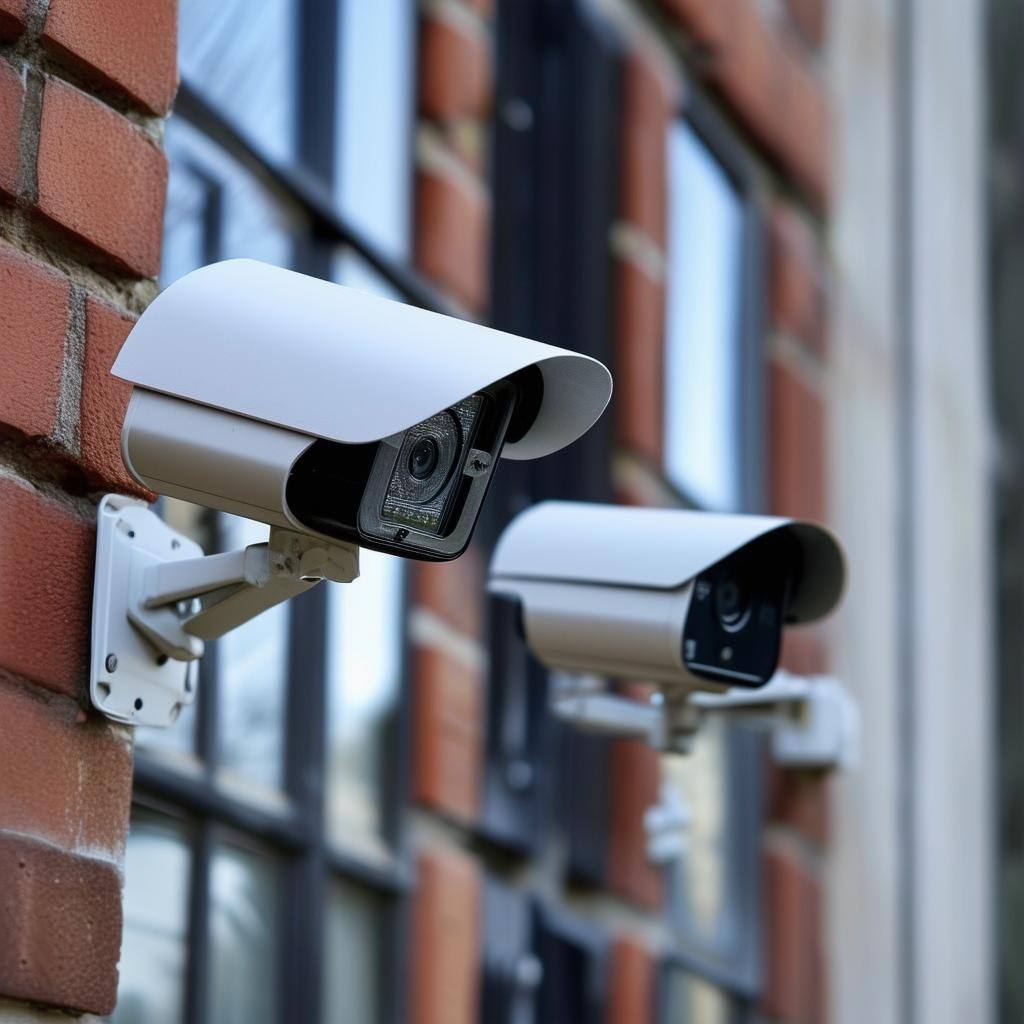Enhancing Property Security with AI and IoT
AI and IoT technologies are transforming property security by providing real-time monitoring, proactive alerts, and actionable insights. These...
2 min read
RezySave Info : Nov 13, 2024 12:00:00 PM

In multifamily property management, protecting residents and safeguarding property investments are top priorities. One critical component in achieving these goals is robust fire monitoring. Here’s a closer look at why fire monitoring is essential, what it entails, and the value it brings to property managers and residents alike.
Fires can spread rapidly, especially in multifamily dwellings where units are closely packed. Early detection through fire monitoring systems is vital because it provides real-time alerts that can prevent a small flame from turning into a catastrophic blaze.
Tip: According to the National Fire Protection Association (NFPA), properties with smoke alarms and fire monitoring systems see a significant reduction in fatalities and injuries. By detecting smoke or rising temperatures early, monitoring systems enable faster responses from both residents and emergency services, potentially saving lives and limiting fire damage.
Many cities and states have strict fire safety codes for multifamily properties. Fire monitoring isn’t just a best practice—it’s often a legal requirement. By installing and maintaining up-to-date fire monitoring systems, property managers ensure compliance with fire codes and avoid hefty fines, shutdowns, or legal complications.
Benefit: Compliance with regulations not only improves safety but also enhances the property’s reputation and reliability, which is beneficial for tenant retention and property value.
Insurance companies recognize the value of comprehensive fire monitoring systems and often provide discounts on premiums to properties that have them in place. By investing in fire monitoring, property managers can potentially reduce insurance costs, leading to a more profitable operation over time.
Beyond the immediate safety concerns, fires cause substantial property damage. Real-time fire monitoring systems reduce response times, helping to contain the fire more quickly and minimize damage.
For tenants, knowing that their building is equipped with a reliable fire monitoring system provides peace of mind. This added confidence can improve tenant satisfaction, reduce turnover rates, and attract new residents.
Modern fire monitoring systems have advanced with the integration of IoT (Internet of Things) technologies. Companies like RezySave's use IoT-enabled devices to detect smoke, rapidly rising temperatures, or fire early and automatically report it to emergency services. These devices can also combine sensors and use AI technology to report on various different issues.

Example: RezySave’s devices are designed to not only detect smoke and fire but also monitor temperature and humidity. This provides a safer environment by ensuring immediate alerts, even if no one is on-site.
Although installing fire monitoring systems may require an initial investment, the long-term financial benefits are substantial. Reduced insurance costs, fewer repairs, and less liability exposure mean that the system essentially pays for itself over time.
In multifamily property management, fire monitoring is more than just a safety measure—it's a crucial component for protecting lives, reducing costs, and enhancing property value. By investing in modern fire monitoring systems like those offered by RezySave, property managers can create safer environments, foster tenant trust, and ensure long-term financial stability. Fire monitoring is an essential tool that no property should be without.

AI and IoT technologies are transforming property security by providing real-time monitoring, proactive alerts, and actionable insights. These...

Discover how AI-driven analytics is revolutionizing property management, making it more efficient, predictive, and cost-effective.

Water damage is one of the most common and frustrating problems that multifamily property owners face. Think about it: a leaking pipe, an overflowing...